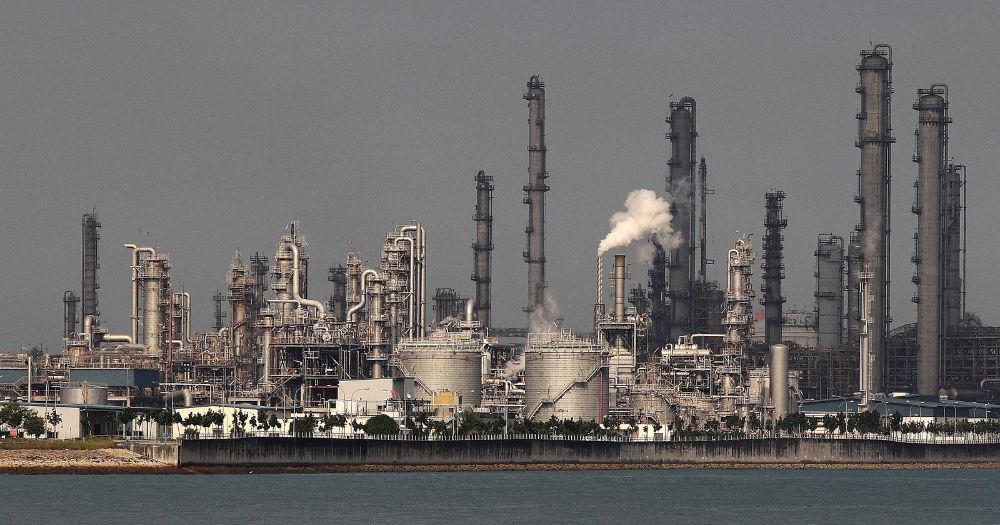Follow us on Telegram for the latest updates: https://t.me/mothershipsg
The National Climate Change Secretariat (NCCS) has launched a public consultation for views on how Singapore can work towards becoming a low-carbon country.
The exercise was launched as Singapore considers setting 2050 as the year to achieve net-zero emissions and along with it, raising its commitments to cut emissions by 2030.
The public consultation period lasts from Sep. 5 to Sep. 26, and feedback can be given via the REACH website.
It complements other ongoing engagements with businesses, environmental groups, students and youths under the Singapore Green Plan 2030, the NCCS mentioned.
To reflect the announced adjustments, a formal revision to Singapore's long-term action plan on emissions reduction will be made.
Feedback from the public consultation will be taken into consideration as part of this formal revision.
New net-zero target announced during Budget 2022
Adjustments to the emissions reduction goals come after Deputy Prime Minister and Finance Minister Lawrence Wong announced during Budget 2022 that Singapore will raise its climate ambitions to reach net-zero carbon emissions by or around mid-century.
No specific date was stated at the time.
Achieving net-zero carbon emissions involves reducing the volume of greenhouse gas emissions generated to near zero, before taking steps to remove any remaining greenhouse gas that has been emitted.
Plans guiding Singapore's efforts to cut emissions
Singapore's current roadmap to tackling climate change through reducing greenhouse gas emissions is guided by the Long-Term Low Emissions Development Strategy (LEDS) as well as Singapore's Nationally Determined Contribution (NDC).
Nationally Determined Contribution
The NDC is a submission of Singapore's emissions reduction plan to the United Nations Framework Conference for Climate Change.
They are a requirement of the Paris Agreement, a United Nations initiative put together in 2015 with the goal of limiting global temperature increase to well below 2oC, preferably to 1.5oC, compared to pre-industrial levels.
Singapore is a signatory of the Paris Agreement.
Singapore's current NDC is to ensure the volume of greenhouse gas emissions peak in 2030 at 65 metric tonnes of carbon dioxide equivalent emissions (MtCO2e).
Long-Term Low Emissions Development Strategy
The LEDS, which was put together by the Inter-Ministerial Committee on Climate Change to facilitate long-term action on the impact of climate change, builds on the stated goals of Singapore's NDC.
It is also meant to enable a "well-managed" transition to a low-carbon economy, while taking advantage of new jobs and opportunities that emerge in the process.
The prevailing goal stated in the LEDS and submitted in 2020 is to halve emissions from the 2030 peak to 33 MtCO2e by 2050, before achieving net-zero emissions some time in the second half of the century.
Opportunities through adaptation
Singapore's emphasis when formulating policies to tackle climate change is through "sustainable development", the NCCS wrote in its announcement.
As Singapore transitions towards a low-carbon future, it is well-positioned to take advantage of "positive global trends in sustainable financing and corporate net zero targets", it added.
"In re-positioning our economy and establishing our competitive edge early, this will allow us to capture many good jobs for Singaporeans and enhance Singapore’s value proposition in the future low-carbon global economy", the NCCS wrote.
The transition to a low-carbon future "will require the efforts from everyone", it emphasised.
Top image via Suhaimi Abdullah/Getty Images
If you like what you read, follow us on Facebook, Instagram, Twitter and Telegram to get the latest updates.
